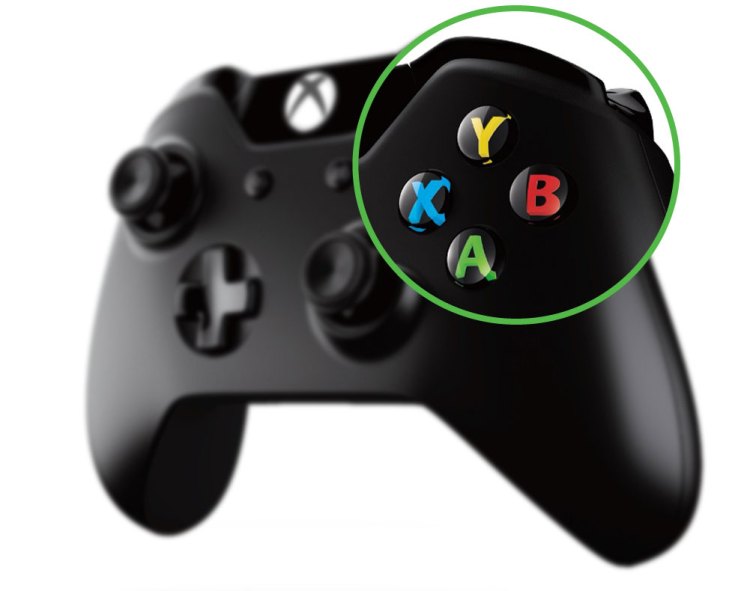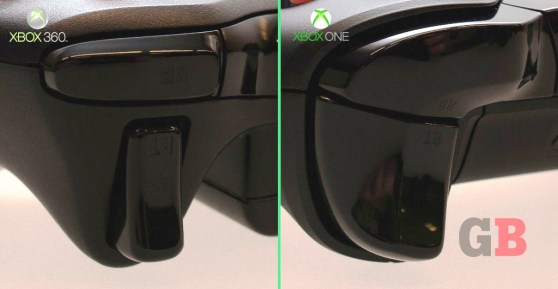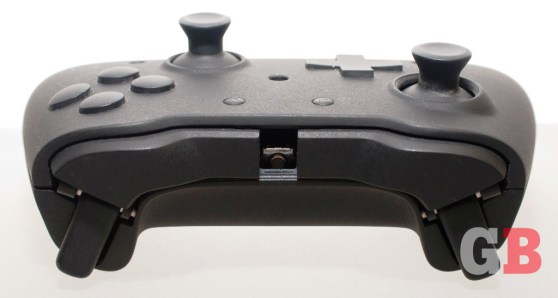The shoulder buttons
The shape
We never noticed until Morris pointed it out to us, but the old LT and RT buttons aren’t quite lined up with your index fingers in a natural, comfortable manner. “You’ll see on the Xbox 360 controller that the triggers and bumpers are orthogonal,” he said. “They’re totally straight up and down. But when you hold the controller, your hands aren’t. Your index fingers actually lay down at an angle.”
Go ahead and grab your 360 joypad and see for yourself. See how your index fingers don’t point straight at each other but rather slightly downward? They don’t rest at a 90-degree angle to the triggers.
“We realized that to make it more ergonomic,” said Morris, “if we angled the triggers and bumpers to match the angle that your fingers fall on, you can make that experience of pressing them more natural and easier to do. It’s about reducing effort and increasing your ability to hit these buttons with less fatigue, thus making you faster and able to play longer.”
Microsoft’s engineers not only turned the triggers slightly outward to match your finger position, but they also fattened them to slope down on the sides. So instead of having a relatively small and boxy button to pull, your fingers would just naturally wrap around a larger, smoother surface with more subtle angles. “You want to have a nice, soft approach to the face of the trigger,” said Morris, “but still provide a tactile ridge that allows you to feel where the trigger face is.”
The action
The pull of the trigger is a lot smoother now as well — it almost makes the 360 ones feel cheap by comparison. It’s consistent throughout the motion, and Microsoft brought in some new innards to complement that. Precision magnets now read the exact positions of LT and RT. According to Morris, this provides for a wider, more accurate range of data and translates into better response times as the controller can sense sooner when you start to pull the triggers.
The company also placed the LB and RB bumper buttons right next to LT and RT — they’re no longer separated by a small strip of plastic casing. “The whole idea was, ‘Hey, how can I transition between bumpers and triggers as soon as possible? How can I make gameplay better, faster?'” said Alam. “You can move back and forth more easily. It’s probably only shaving hundredths of a second, but it’s good. It’s important.”
To be continued:
- Part 1: Projectors, smells (!), and other stuff that didn’t make it in
- Part 2: What’s new with the analog sticks and D-pad
- Part 3: What’s new with the buttons and triggers
- Part 4: A close look at the new rumble, faster speed, smooth design, and everything else
Photo credits (nonstock shots): Jeff Emtman. Special thanks to VentureBeat reporter Tom Cheredar for the image-editing help.
VentureBeat's mission is to be a digital town square for technical decision-makers to gain knowledge about transformative enterprise technology and transact. Learn More



